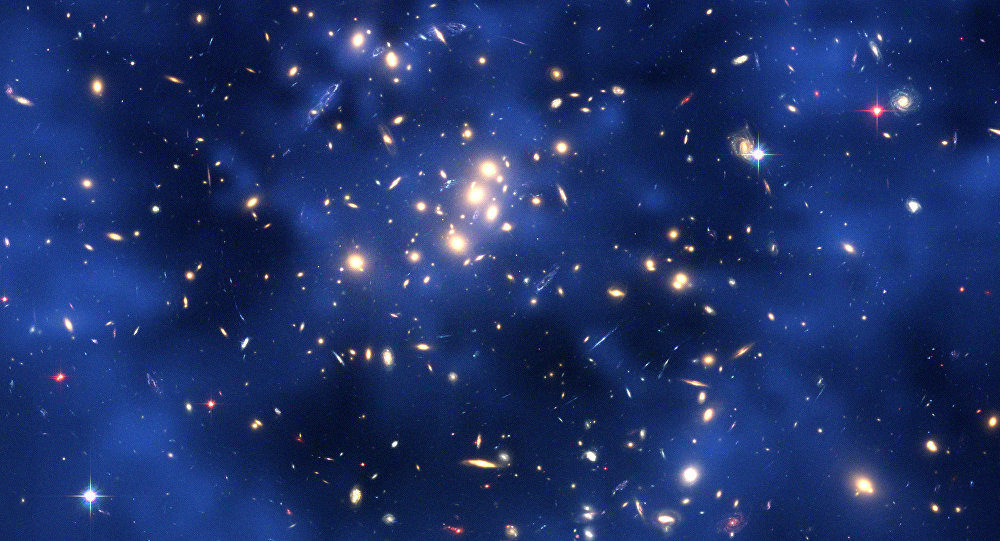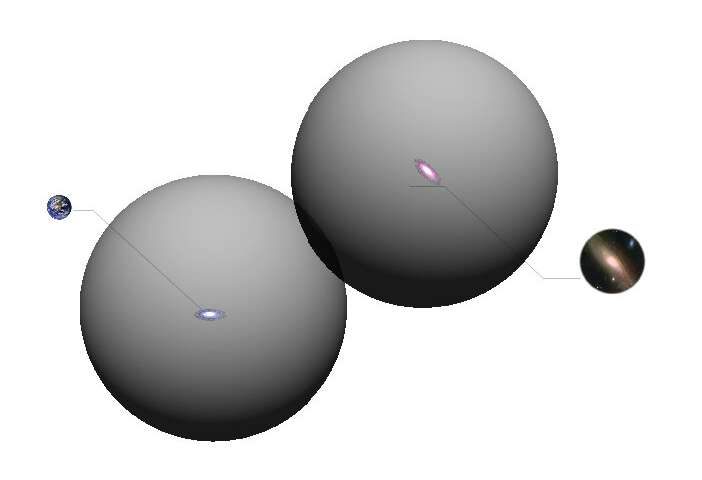
Although we are still in the dark about what dark matter essentially is, scientists have now ruled out one possible option, according to the research published in Nature Astronomy - that it is a bunch of minute black holes, as per a theory proposed by the ingenious Stephen Hawking back in 1971.

If a primordial black hole, which Hawking suggested along with others, was a result of the Big Bang, were to move between Earth and a star it's expected that the star would brighten for a few minutes to hours as the black hole's gravity magnified its light intensity.
Based on Hawking's expanded hypothesis, which was notably first proposed by scientists Yakov Zel'dovich and Igor Novikov in 1966, the team assumed that the abundance of black holes smaller than the Moon required to produce the dark matter effect would lead to at least 1,000 lensing events. However, the observations arrived at just one potential event, which means that primordial black holes can account for no more than only 0.1 percent of dark matter.
The conclusion suggests that dark matter is something more massive than a plethora of teeny black holes, as proposed by the legendary scientist. Although a great deal of further research is needed to rule out his theory altogether, one thing is clear for now - that we have to search for dark matter outside the domain of black holes.



Comment: PhysOrg adds: